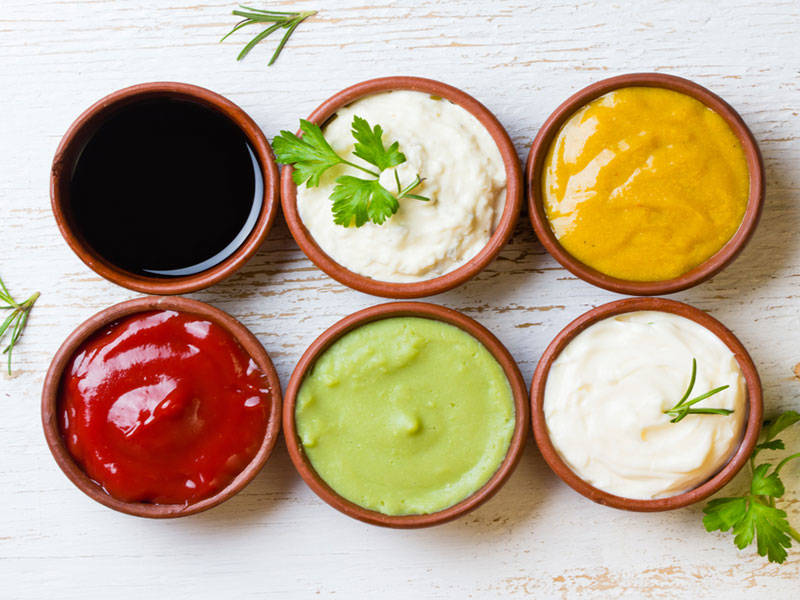A Guide to Choosing the Best Option
Porcelain plates have long been a popular choice for serving food due to their elegant appearance and durability. However, when it comes to using porcelain plates for food, safety is of utmost importance. In this article, we will discuss why porcelain plates are safe for food, what to consider when buying them, and how the price may vary.
Discuss porcelain plates safe for food
Porcelain plates are considered safe for food due to their non-porous nature and high firing temperature during the manufacturing process. The composition of porcelain includes materials such as kaolin, feldspar, and quartz, which are heated at extremely high temperatures, resulting in a hard and durable material that is resistant to scratching and chipping. This firing process also eliminates any harmful materials or chemicals that could potentially leach into food. As a result, porcelain plates do not react with acidic or oily substances, ensuring the safety and integrity of the food being served.
Buying porcelain plates safe for food

When looking to purchase porcelain plates that are safe for food, there are a few key factors to consider.
Firstly, it is important to look for plates that are certified as food-safe by reputable organizations such as the FDA (Food and Drug Administration) or BPA (Bisphenol A) free. These certifications ensure that the plates have undergone rigorous testing and meet the required standards for safe food contact.
Secondly, consider the glaze used on the porcelain plates. A high-quality glaze should be lead-free and free from any other potentially harmful substances. This is particularly important if the plates will be used for daily meals and in contact with hot food or beverages.
Another aspect to consider is the thickness and weight of the plates. Porcelain plates that are too thin may be more prone to chipping, while plates that are too heavy may be cumbersome to handle. Look for plates that strike a balance between durability and usability.
Lastly, consider the design and style of the porcelain plates. While this may not directly impact the safety of the plates, it is important to choose plates that suit your personal preferences and dining aesthetic. After all, enjoying your food on beautiful and well-designed plates can enhance the overall dining experience.

Price of porcelain plates safe for food
The price of porcelain plates can vary depending on various factors, including the brand, quality, design, and the number of plates in a set. In general, porcelain plates are available in a wide range of price points to cater to different budgets.
On the lower end of the price spectrum, basic and plain porcelain plates can be found at affordable prices. These plates may lack intricate designs or patterns but still provide the same food safety and durability as higher-priced options. These plates are ideal for everyday use or for those who prefer a minimalist style.
Mid-range porcelain plates offer additional design options, such as embossed patterns, bordered edges, or subtle color variations. These plates often come in sets and provide a balance between quality, aesthetics, and affordability.
At the higher end of the price range, porcelain plates may feature more elaborate designs, hand-painted details, or even gold accents. These plates are often considered more luxurious and are favored for special occasions or as display pieces.

It is worth noting that investing in higher-quality porcelain plates can be a wise decision in the long run. While they may come at a higher upfront cost, they are likely to last longer and maintain their quality over time.
In conclusion, porcelain plates are generally safe for food due to their non-porous nature, high firing temperature, and the absence of harmful chemicals. When buying porcelain plates, it is important to look for certifications, check for a lead-free glaze, consider the thickness and weight, and choose a design that suits your preferences. The price of porcelain plates can vary depending on various factors, but investing in higher-quality plates is likely to provide better durability and longevity. With the right choice of porcelain plates, you can enjoy both the safety and aesthetic appeal they bring to your dining experience.Furthermore, caring for porcelain plates is essential to ensure their longevity and continued food safety. To maintain their pristine condition, it is recommended to hand wash porcelain plates using a mild detergent and warm water. Avoid using abrasive scrubbers or harsh chemicals, as they can damage the surface of the plates and compromise their safety.
Storing porcelain plates properly is equally important. To prevent them from chipping or breaking, stack them carefully with a protective layer, such as felt or paper towels, between each plate. It’s also advisable to avoid stacking too many plates on top of each other to prevent excessive weight and pressure.
When using porcelain plates in the microwave or oven, it is crucial to check the manufacturer’s guidelines. While most porcelain plates are microwave-safe, some may have restrictions on high temperatures or prolonged exposure to heat. Always err on the side of caution and follow the instructions provided to ensure the safety of both the plates and the food being heated.
Additionally, it’s worth noting that porcelain plates are not recommended for use on direct heat sources such as stovetops or open flames. They are designed primarily for serving and presenting food, not for cooking or reheating directly on heat sources.

In conclusion, porcelain plates are a safe and stylish choice for serving food. Their non-porous nature, high firing temperature, and food-grade certifications make them an excellent option for both casual dining and formal occasions. By following proper care and usage recommendations, you can enjoy the beauty and functionality of porcelain plates while ensuring the safety of your meals. So, next time you’re considering investing in new dinnerware, keep in mind the unparalleled elegance and food safety that porcelain plates bring to the table.









